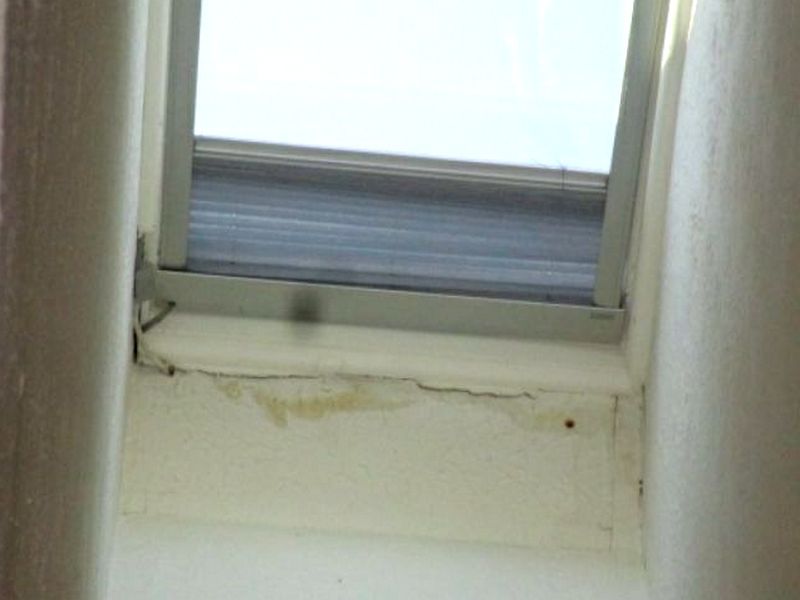Skylights combine the features and challenges of both windows and roof penetrations. Additionally, as windows, they have extra vulnerabilities because they are more horizontal than vertical. They must be installed on a raised “curb”, basically short sidewalls several inches high above the roof’s surface. Installing an acrylic dome directly to the roof decking and under the shingles is unworkmanlike and guaranteed to leak.
Skylights must have any and all flashings appropriate to their installation. This will include step flashings on the sides, saddle flashing at the top under the roofing, and the lower skirt on top of the roofing. Skylights must be acrylic or safety glass. Old-house units may have wired glass. All glass or acrylic must be free of cracks, and have all fasteners installed and intact. Any insulated glass units should be inspected for signs of seal failure. Inspect for any signs of leakage, including at the interior using infrared. Inspect all operable skylights for proper function. Note limitations to testing as appropriate.
The skylight glass or dome is damaged. This permits water penetration and is a safety risk. Replace the glass or dome.
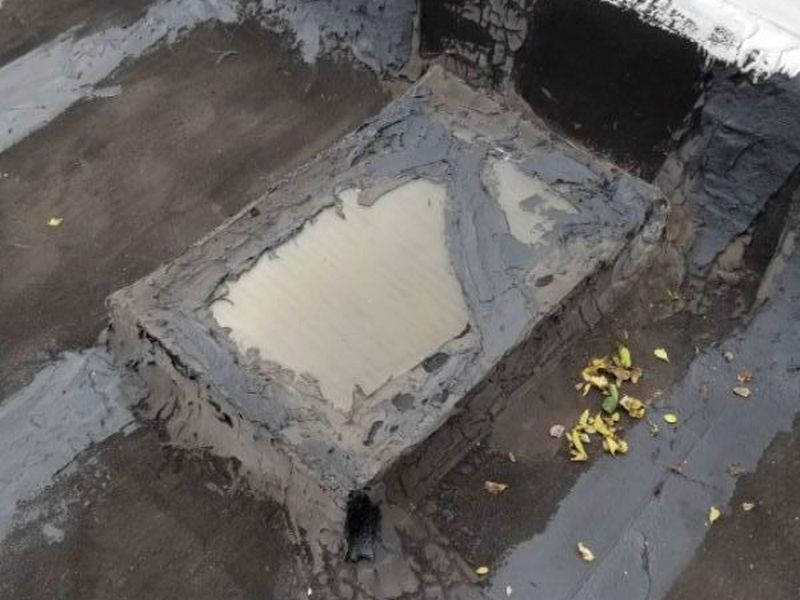
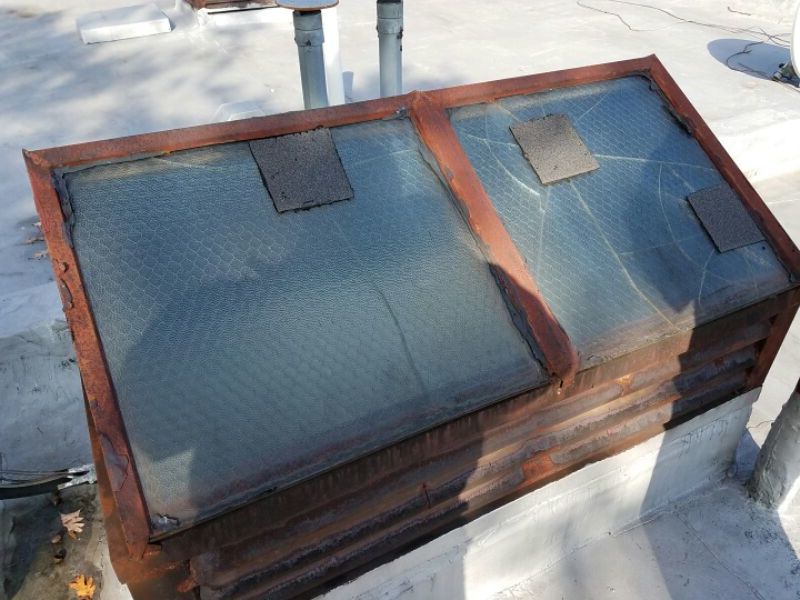
The skylight has a failed insulated glass seal. This causes condensation and fogging between the panes. Replace the insulated glass unit or the skylight as needed.
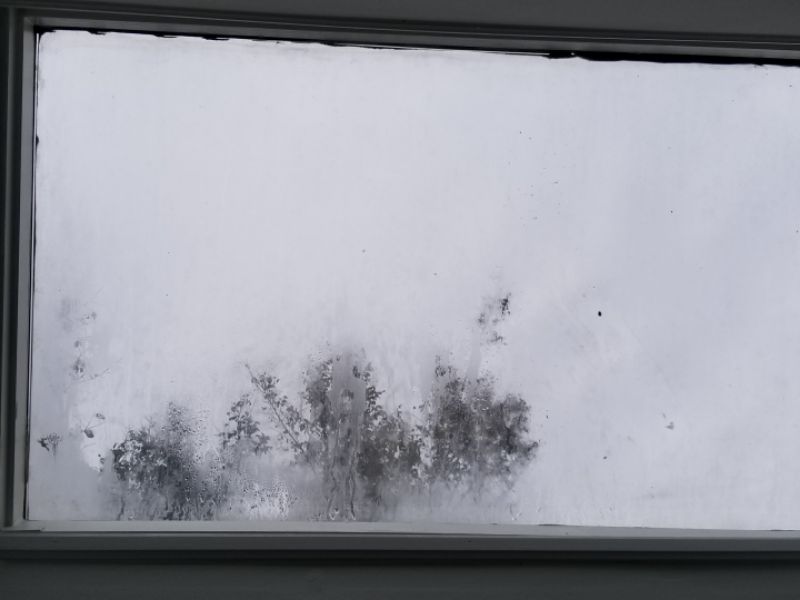
The skylight window frame is damaged. This permits water penetration. Repair or replace the frame.
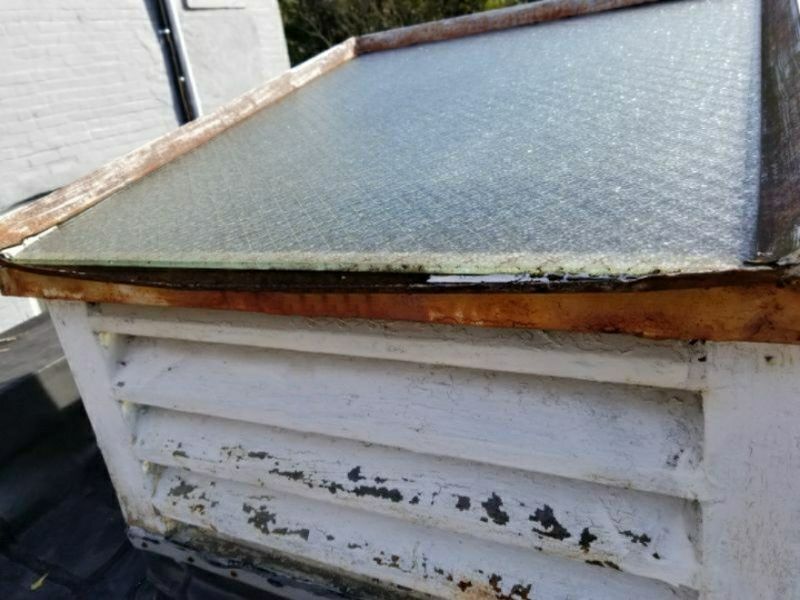
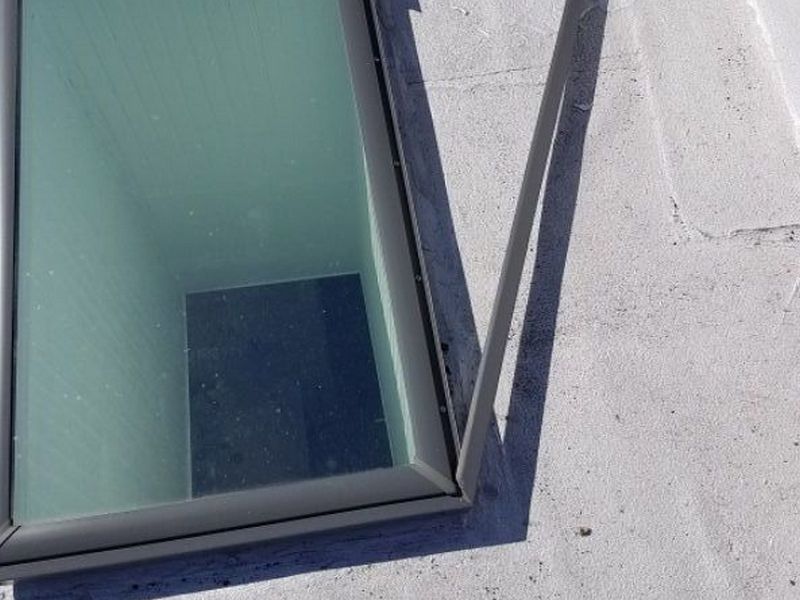
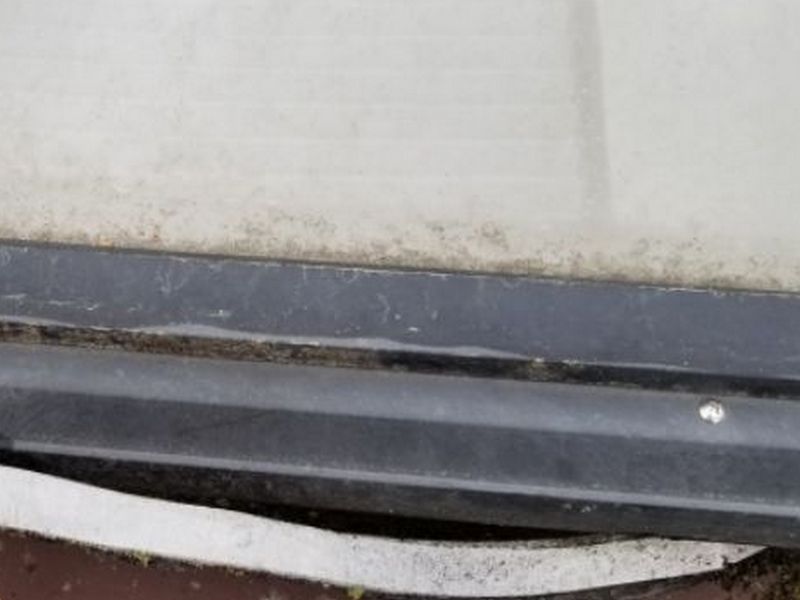
The skylight is installed without a raised curb and flashing. This is unreliable and will leak. Hire a contractor to replace the skylight.
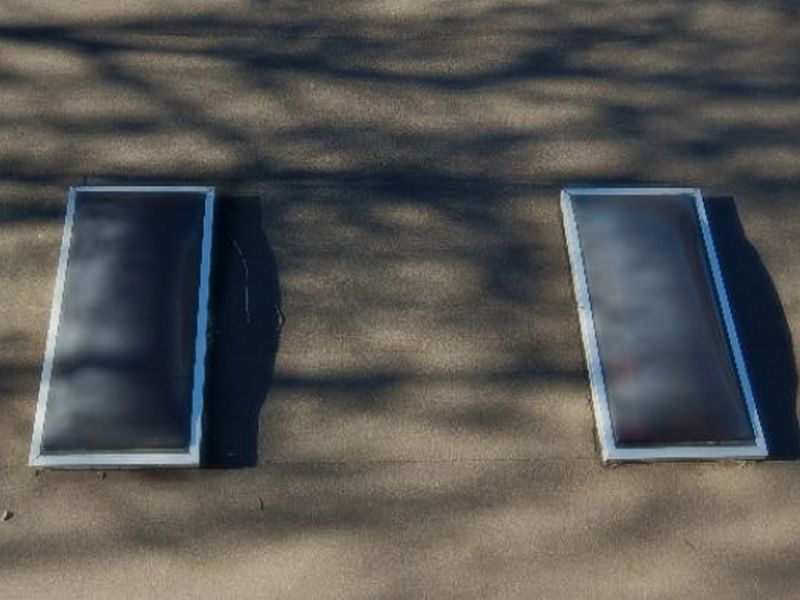
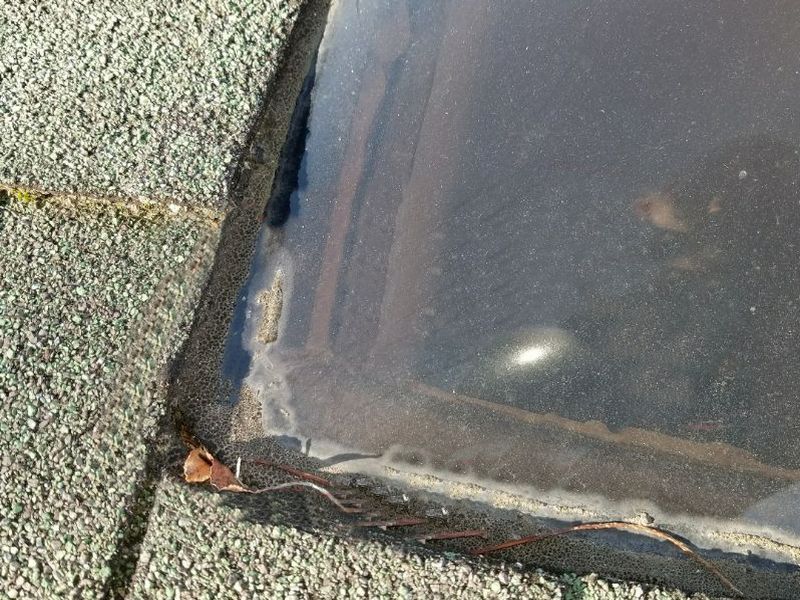
There is excessive tar or caulk applied at the flashing. This is considered a temporary repair that will fail. Replace the flashing.
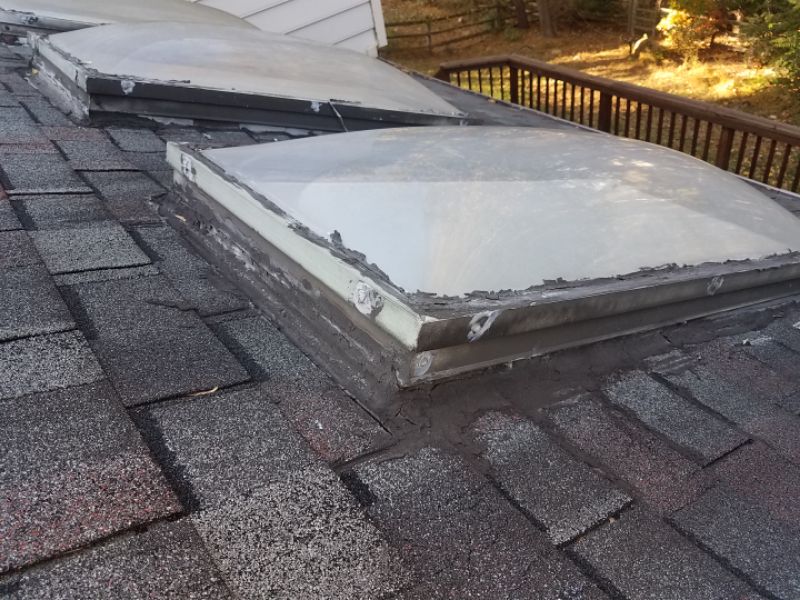
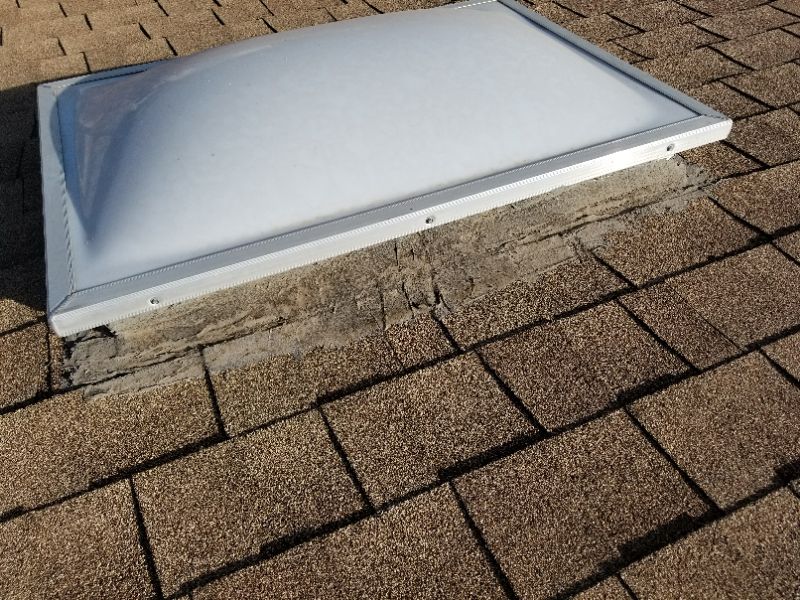
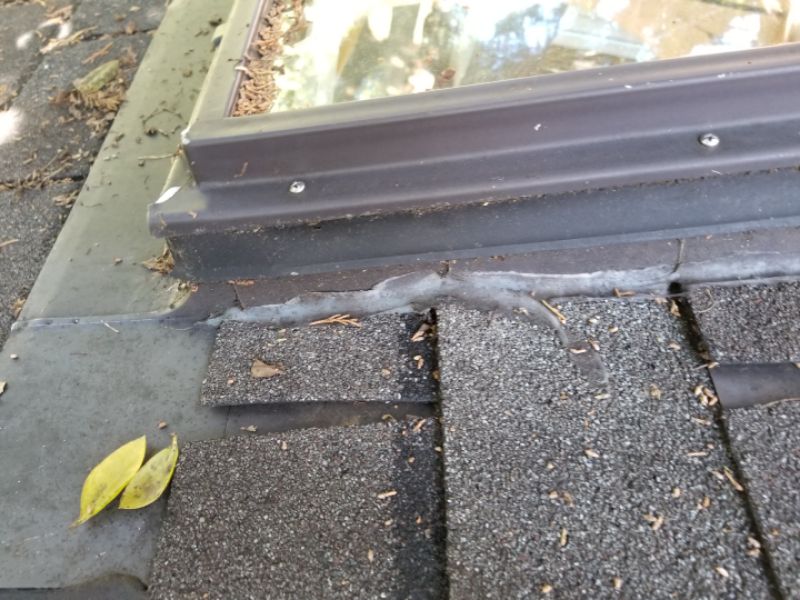
The skylight is leaking. This will allow water damage. Repair or replace the skylight.
